Home>Garden Essentials>How To Make Fake Grass And Trees For Dioramas
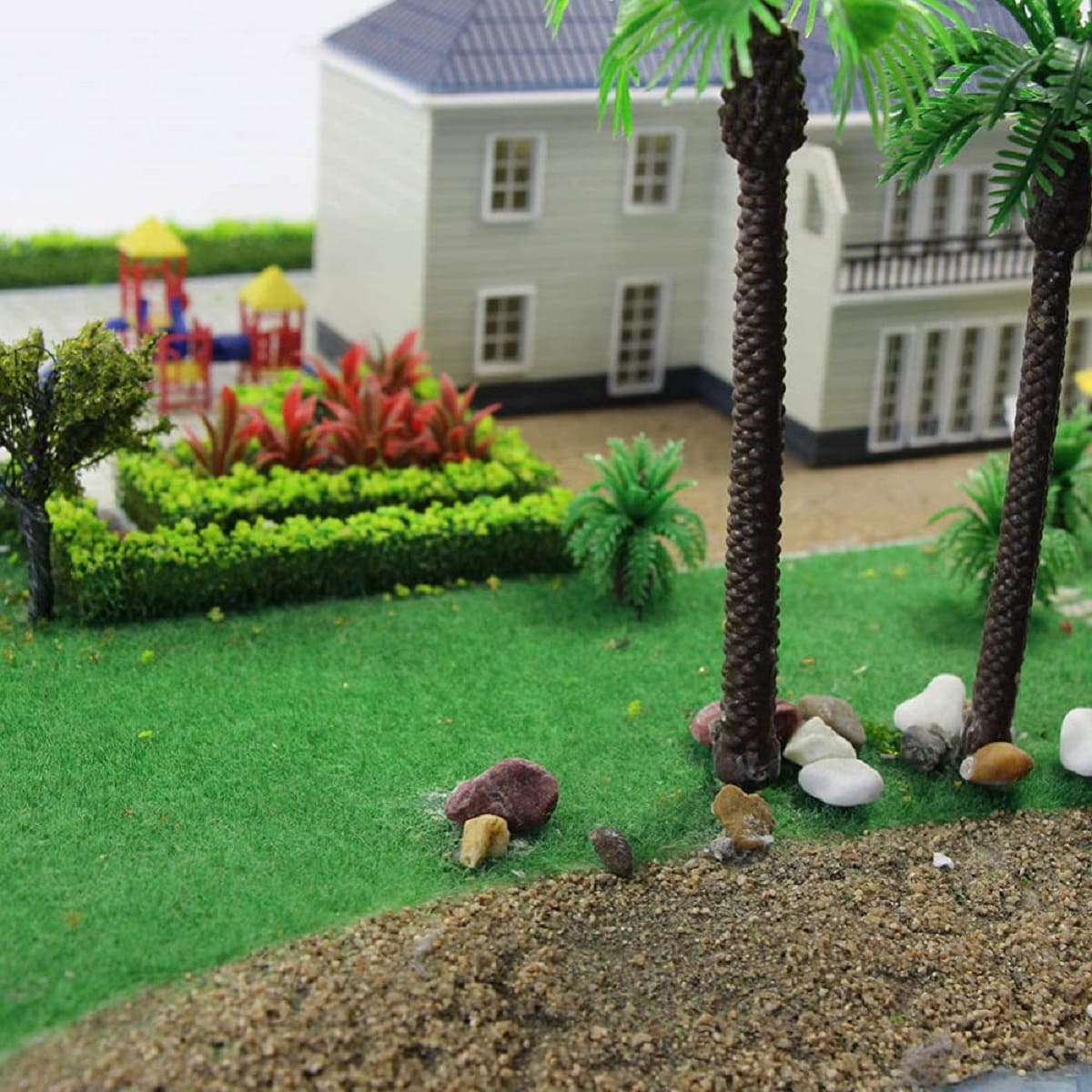

Garden Essentials
How To Make Fake Grass And Trees For Dioramas
Modified: April 22, 2024
Learn how to create realistic fake grass and trees for your dioramas with our step-by-step guide. Enhance your garden-themed projects with these expert tips and techniques.
(Many of the links in this article redirect to a specific reviewed product. Your purchase of these products through affiliate links helps to generate commission for Storables.com, at no extra cost. Learn more)
Introduction
Welcome to the fascinating world of dioramas! Whether you are a seasoned hobbyist or just starting out, creating a diorama can be a fun and rewarding experience. Dioramas allow you to bring miniature scenes to life, letting your imagination run wild and showcasing your creativity.
One crucial element in crafting realistic dioramas is the use of fake grass and trees. These elements not only add texture and depth to your diorama but also create a sense of scale and realism. In this article, we will guide you through the process of making fake grass and trees for your dioramas.
Before we dive into the step-by-step process, let’s talk about the materials you will need. For making fake grass, you will require a base material such as foam or felt, scissors, glue, paints, and fine-textured materials like static grass or sawdust. When it comes to making fake trees, you will need materials like wire, paper, foam or clay for the trunk, plastic or foam for the branches, and artificial foliage for the leaves or needles.
Now, let’s get started! We will begin with the process of making fake grass for your diorama.
Key Takeaways:
- Creating realistic fake grass and trees for dioramas is a fun and rewarding way to bring miniature scenes to life. By using materials like foam, wire, and artificial foliage, you can unleash your creativity and showcase your artistic skills.
- Assembling a diorama with fake grass and trees requires careful planning and attention to detail. By strategically placing the elements and adding small details, you can create captivating scenes that tell unique stories and captivate viewers.
Read more: How To Make Realistic Grass For Dioramas
Materials Needed
Before you begin making fake grass and trees for your diorama, gather the following materials:
- Base Material: Choose a base material for your fake grass, such as foam, felt, or a combination of both. This will serve as the foundation for your grassy area.
- Scissors: A good pair of scissors will be essential for cutting and shaping the base material.
- Glue: You will need glue to adhere the base material to your diorama and to attach the grass texture.
- Paints: Acrylic paints in various shades of green and brown will be used to color and add realism to your fake grass and trees.
- Fine-Textured Materials: Consider using static grass, sawdust, or other fine-textured materials to create the grass texture for your diorama.
- Wire: For making fake trees, wire will be used as the skeleton or framework for the trunk and branches.
- Paper: Craft paper can be used to shape the trunk and branches of your fake trees before covering them with other materials.
- Foam or Clay: These materials are ideal for constructing the trunk of your fake trees, providing stability and realistic texture.
- Plastic or Foam: You will need plastic or foam to create the branches of your fake trees, giving them structure and allowing for easy manipulation.
- Artificial Foliage: For the leaves or needles of your fake trees, artificial foliage made of plastic or fabric can be used to create a lifelike appearance.
Having these materials on hand will make the process of creating fake grass and trees for your diorama much easier and enjoyable. Now, let’s move on to the step-by-step process of making fake grass.
Making Fake Grass
Creating realistic fake grass for your diorama involves several steps. Let’s go through each step in detail:
Choosing the Base Material
The first step in making fake grass is selecting the base material. Foam or felt are popular choices for this purpose. Foam provides a soft and cushioned texture, while felt allows for easier manipulation and shaping. You can also combine the two materials for added texture and depth.
Preparing the Base Material
Once you have chosen the base material, it’s time to prepare it for the grass texture. Start by cutting the foam or felt to the desired size and shape for your diorama. Use scissors to create irregular edges for a more natural look. It’s a good idea to create multiple pieces of base material to cover different areas of your diorama.
Read more: How To Make Fake Grass
Creating the Grass Texture
To create the grass texture, you have a few options. One popular method is using static grass. This fine-textured material gives the illusion of individual grass blades. Apply a thin layer of glue to the base material and sprinkle the static grass over it. Gently press the grass down to ensure it sticks to the glue. Shake off any excess grass and let it dry. Repeat this process until you achieve the desired grass density.
If you don’t have access to static grass, another option is using sawdust. Mix the sawdust with green and brown paint to achieve the desired color. Apply a thin layer of glue to the base material and sprinkle the colored sawdust over it. Press it lightly to ensure it adheres to the glue. Allow it to dry completely.
Coloring the Grass
To enhance the realism of your fake grass, it’s essential to add color variation. Using different shades of green and brown acrylic paints, apply paint sparingly to the grass blades. Use a dry brush technique to lightly brush the paint onto the grass, creating highlights and shadows.
Adding Detail and Realism
To make your fake grass appear even more realistic, consider adding small details such as rocks, fallen leaves, or tiny flowers. You can use small pebbles, dried foliage, or miniature flower decorations to achieve this effect. Apply a small amount of glue to the desired area and carefully place the additional details.
By following these steps, you will be able to create lifelike fake grass for your diorama. Now, let’s move on to making fake trees to complete your miniature scene.
Making Fake Trees
Creating realistic fake trees is an essential part of building a captivating diorama. Let’s explore the step-by-step process of making fake trees:
Read more: How To Make Fake Grass For A Project
Selecting the Tree Type
The first step is to determine the type of tree you want to create. Consider the environment or setting of your diorama. Is it a forest, a park, or a desert? Research the characteristics and appearance of trees found in that particular setting. This will help you choose the appropriate tree type and guide your construction process.
Creating the Tree Trunk
Start by creating the trunk of your fake tree. Use wire as a skeleton or framework for the trunk. Bend and shape the wire to the desired contour and height of the tree. Next, cover the wire with craft paper, wrapping it around the wire in a spiral motion. Use glue to secure the paper in place. This will give the trunk a realistic texture and provide stability.
Constructing the Tree Branches
Once the trunk is complete, it’s time to construct the branches. For smaller trees, you can use plastic or foam branches readily available in craft stores. Position them along the trunk, adhering them with glue. If you prefer a more customized look, you can create branches from wire covered with craft paper or foam. Bend the wires into branch shapes and attach them to the trunk using glue.
Adding Leaves or Needles
To add foliage to your fake tree, you can use artificial leaves or needles. These can be made from plastic or fabric materials. The leaves or needles should be appropriate for the tree type you have chosen. Attach the foliage to the branches using glue or wire. Pay attention to the natural growth patterns of trees and vary the density of foliage accordingly to achieve a realistic look.
Read more: How To Make Fake Grass Craft
Painting and Detailing the Tree
Once the tree structure and foliage are in place, it’s time to add color and detail. Use acrylic paints to paint the trunk and branches, matching the colors found in real trees. Use a dry brush technique to create texture and depth. Add moss or lichen to the trunk or branches for added realism. Consider adding small details like knots, bark texture, or even insect holes to make the tree come to life.
By following these steps, you will be able to create stunning fake trees for your diorama. Now that you have the grass and trees ready, it’s time to assemble your diorama and bring your miniature scene to life.
Assembling the Diorama
Now that you have created fake grass and trees for your diorama, it’s time to assemble your miniature scene. Let’s walk through the process of assembling your diorama:
Planning the Layout
Before you start placing the elements, take some time to plan the layout of your diorama. Consider the overall composition and the story you want to tell. Visualize where each component will be placed, including the fake grass and trees. This planning stage will help ensure a balanced and visually appealing diorama.
Placing the Fake Grass and Trees
Begin by positioning the fake grass in the desired areas of your diorama. Consider the natural flow and direction of the grass blades. Use glue to adhere the grass to the base or directly onto the diorama surface. You may need to cut and shape the grass to fit specific areas or create different textures, such as meadows or patches of wildflowers.
Next, place your fake trees in strategic locations within the diorama. Consider their height and spacing to create depth and a sense of scale. Arrange them so that they complement the layout and composition. You can trim the branches as needed to fit the desired look. Secure the trees in place by attaching the trunk to the diorama base or using an adhesive.
Read more: How To Make Fake Grass For A Model
Adding Other Elements
Enhance your diorama by adding other elements that complement the natural setting. Incorporate rocks, small pebbles, or even miniature animals to create interest and realism. Consider using miniature figurines or small props to tell a story or set a scene. These additional elements will help make your diorama more engaging and captivating.
Final Touches and Adjustments
Once you have placed all the elements, take a step back and assess your diorama. Make any necessary adjustments to the positioning of the fake grass, trees, and other elements. Pay attention to the overall balance and visual appeal of the scene. Consider adding final touches such as additional details, like fallen leaves or flowers, to add depth and realism.
Don’t be afraid to experiment and make changes until you are satisfied with the final result. Remember, creating a diorama is a creative process, and you have the freedom to add your personal touch and style to the scene.
With the completion of the diorama assembly, you have successfully brought your miniature scene to life. Step back and admire your creation, and be proud of the intricate details and the storytelling that you have achieved. Enjoy showcasing your diorama and sharing the joy of this unique hobby.
Now that you have learned the process of making fake grass and trees and assembling a diorama, you are well-equipped to create stunning and realistic miniature scenes. So, gather your materials, unleash your creativity, and embark on your next diorama project!
Conclusion
Creating fake grass and trees for dioramas is a fantastic way to unleash your creativity and bring miniature scenes to life. By following the step-by-step process outlined in this article, you can achieve stunning and realistic results that will captivate viewers and showcase your artistic skills.
Start by carefully choosing the base materials for your fake grass and trees. Consider the texture and the overall effect you want to achieve. Whether you opt for foam, felt, or a combination of materials, make sure they are suitable for the type of scene you are creating.
Next, take your time to prepare and create the grass texture. Whether you use static grass or colored sawdust, pay attention to detail and vary the density of the grass for a more natural appearance. Adding color and small details will further enhance the realism of your fake grass.
The process of making fake trees is equally rewarding. Select the appropriate tree type for your diorama and construct the trunk and branches using wire, craft paper, and foam. Adding artificial foliage will give your trees an authentic look, while painting and detailing will add depth and texture.
Assembling your diorama requires careful planning and consideration of the overall composition. Place the fake grass and trees strategically to create a sense of scale and depth. Incorporate other elements, such as rocks and miniature props, to enhance the scene and tell a story.
Don’t forget to make any necessary final touches and adjustments to achieve the desired aesthetic. Take a step back and admire your diorama, proud of the intricate details and the unique story you have created.
With the skills and knowledge gained from this article, you are now ready to embark on your next diorama project. Let your imagination soar, experiment with different techniques, and continue to refine your craft. Creating dioramas with fake grass and trees allows you to explore new worlds and bring your creative visions to life.
So, gather your materials, set aside some time, and enjoy the process of making fake grass and trees for your dioramas. Embrace the artistry and the joy that comes with this unique hobby, and let your miniaturized worlds inspire and delight those who have the pleasure of experiencing them.
Frequently Asked Questions about How To Make Fake Grass And Trees For Dioramas
Was this page helpful?
At Storables.com, we guarantee accurate and reliable information. Our content, validated by Expert Board Contributors, is crafted following stringent Editorial Policies. We're committed to providing you with well-researched, expert-backed insights for all your informational needs.
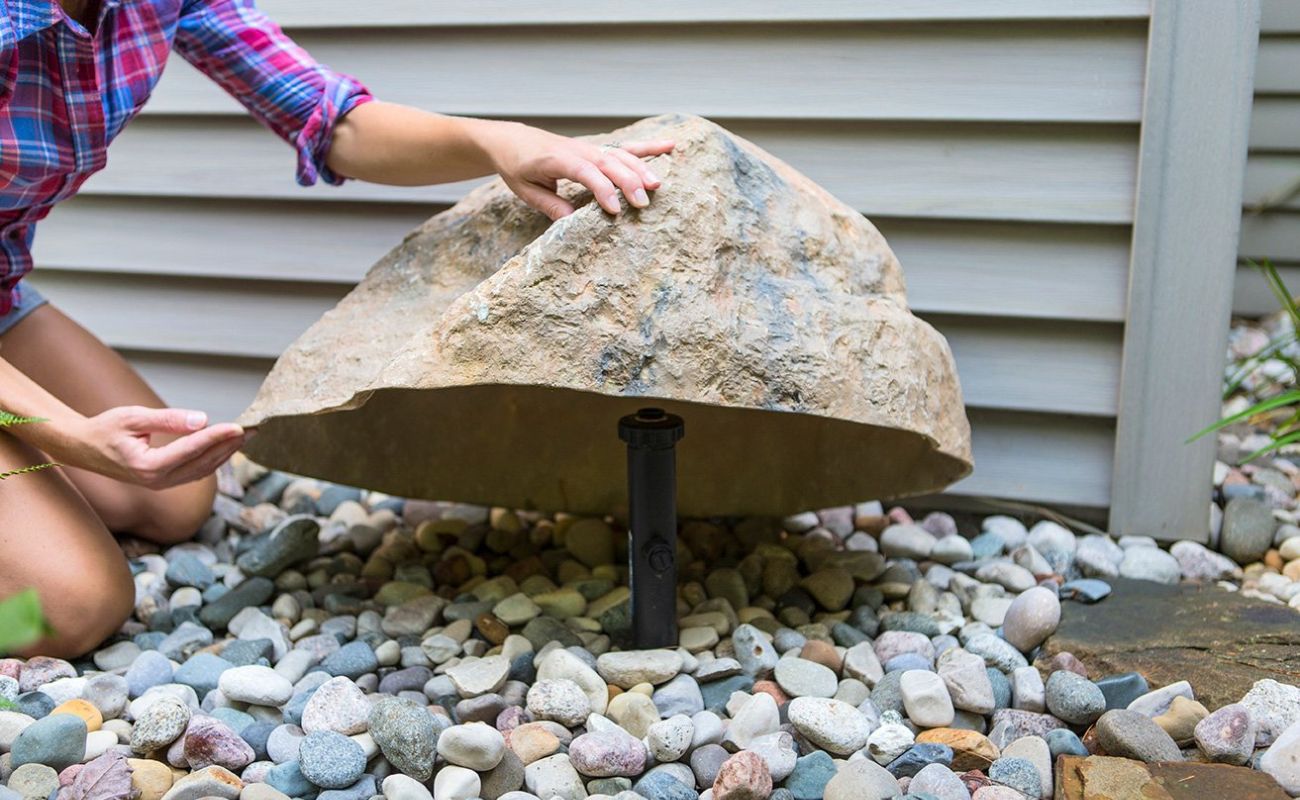
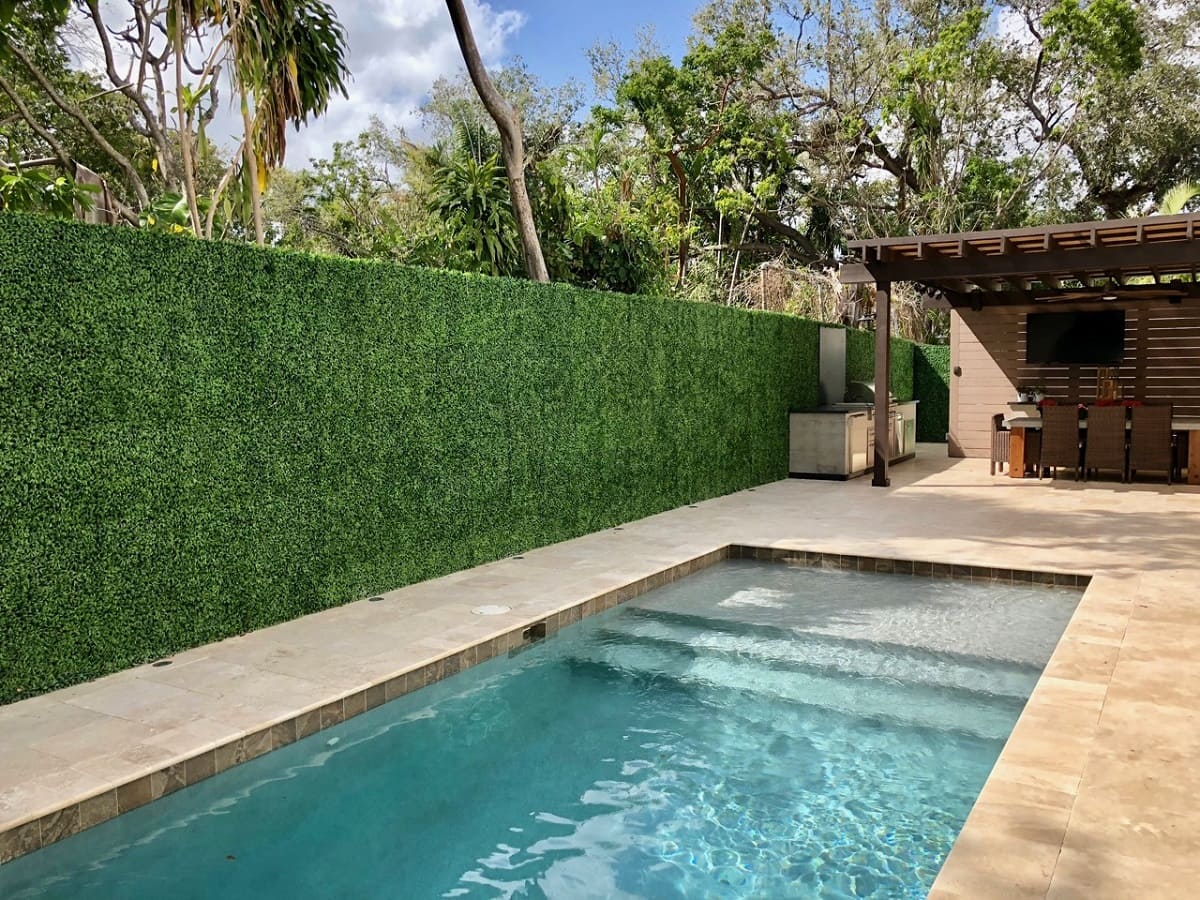
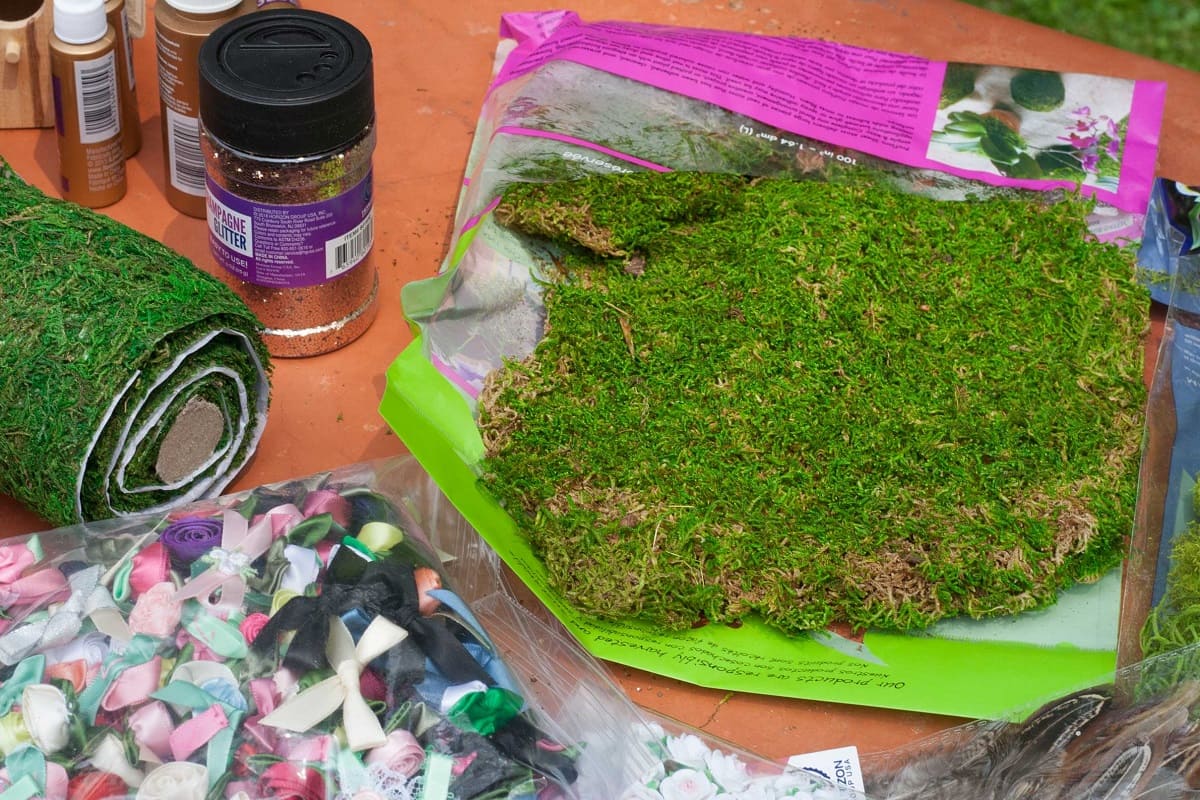
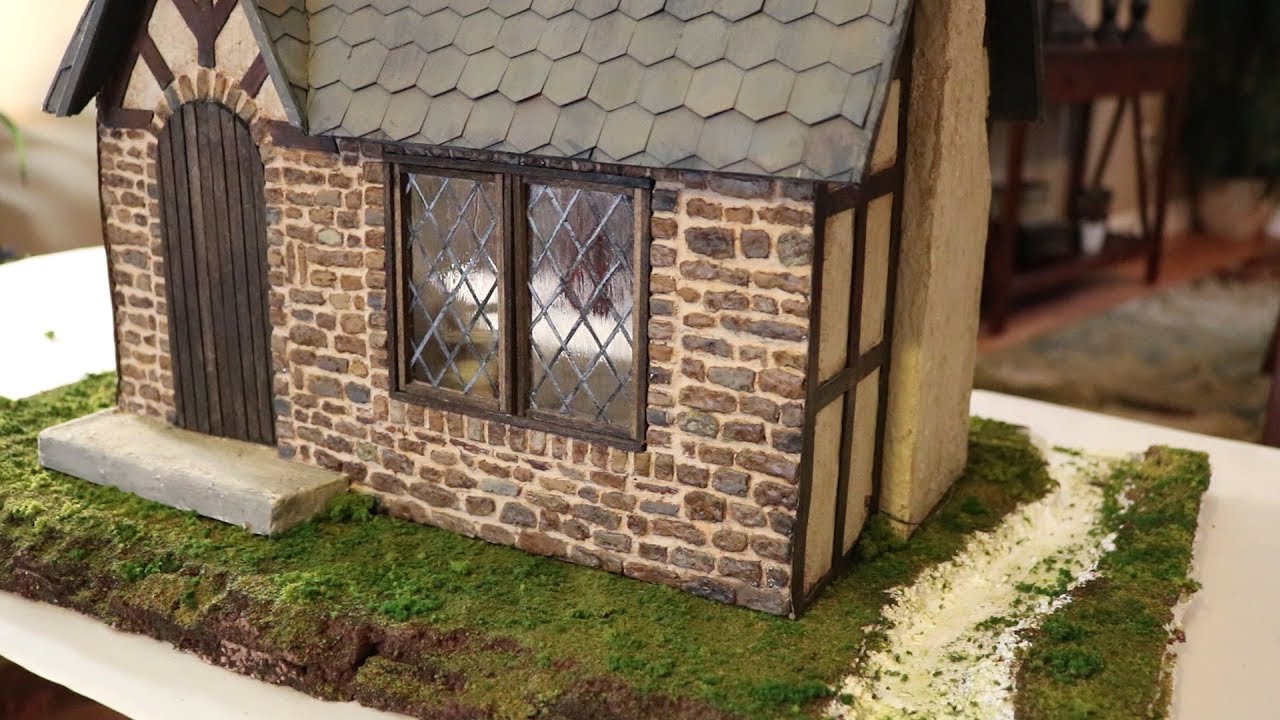
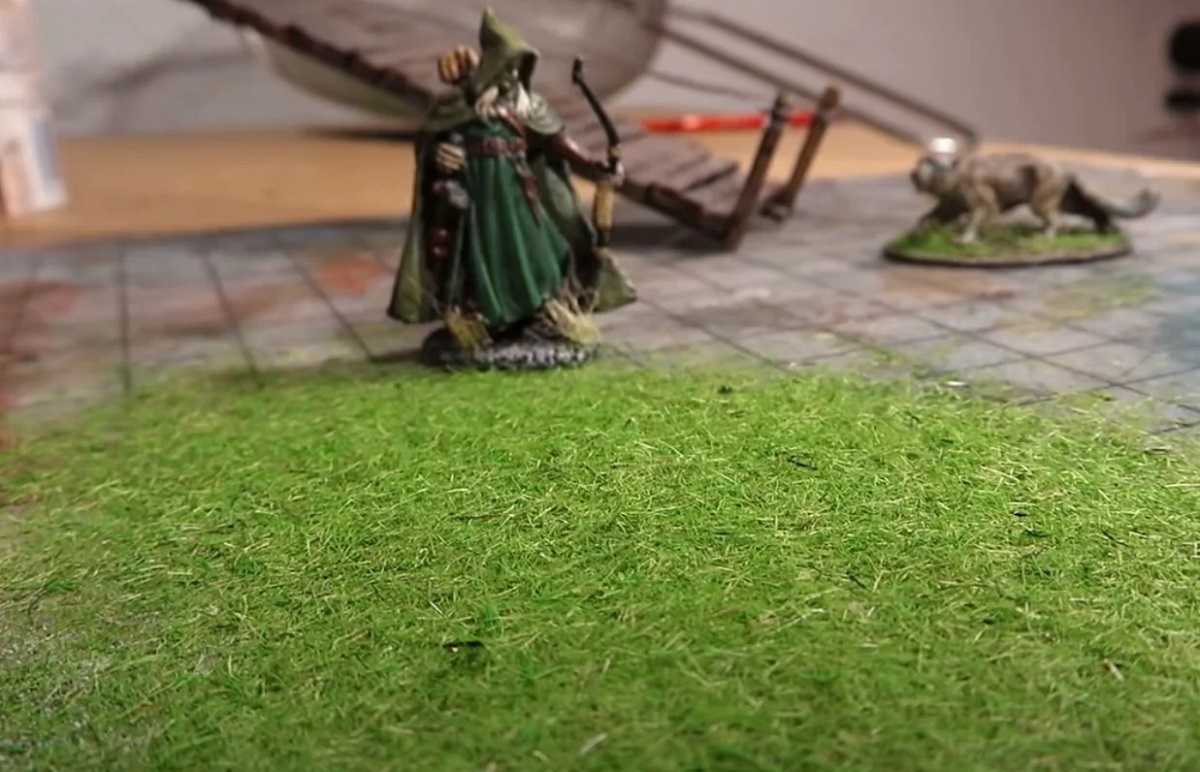
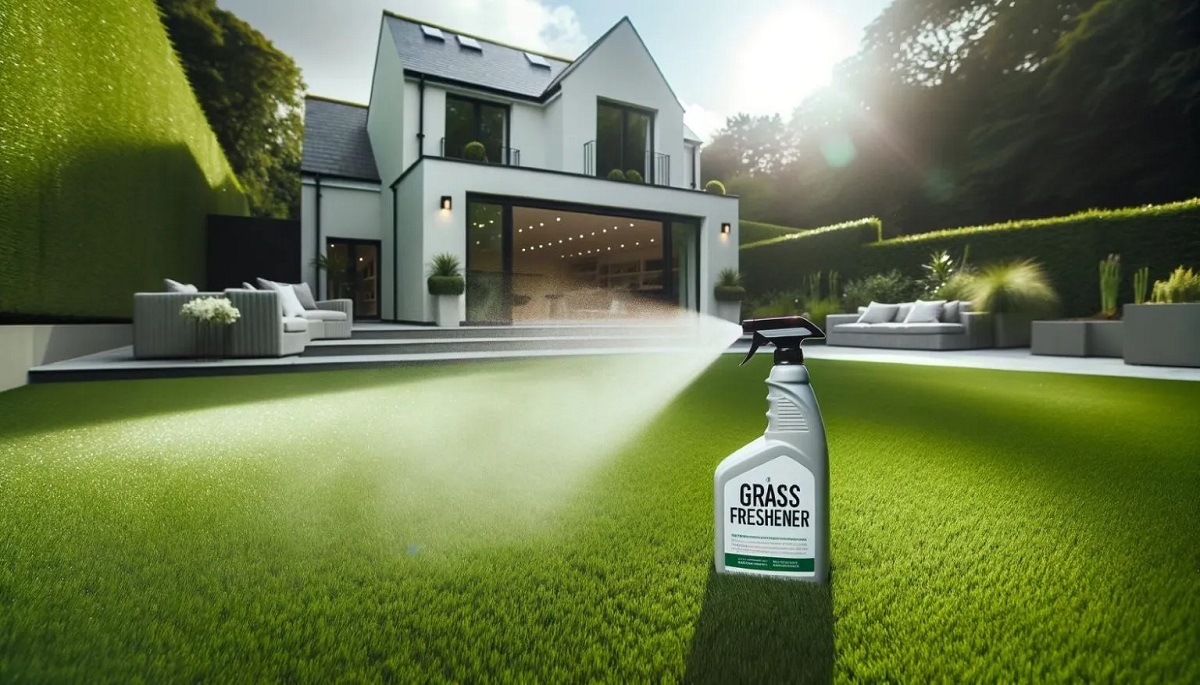
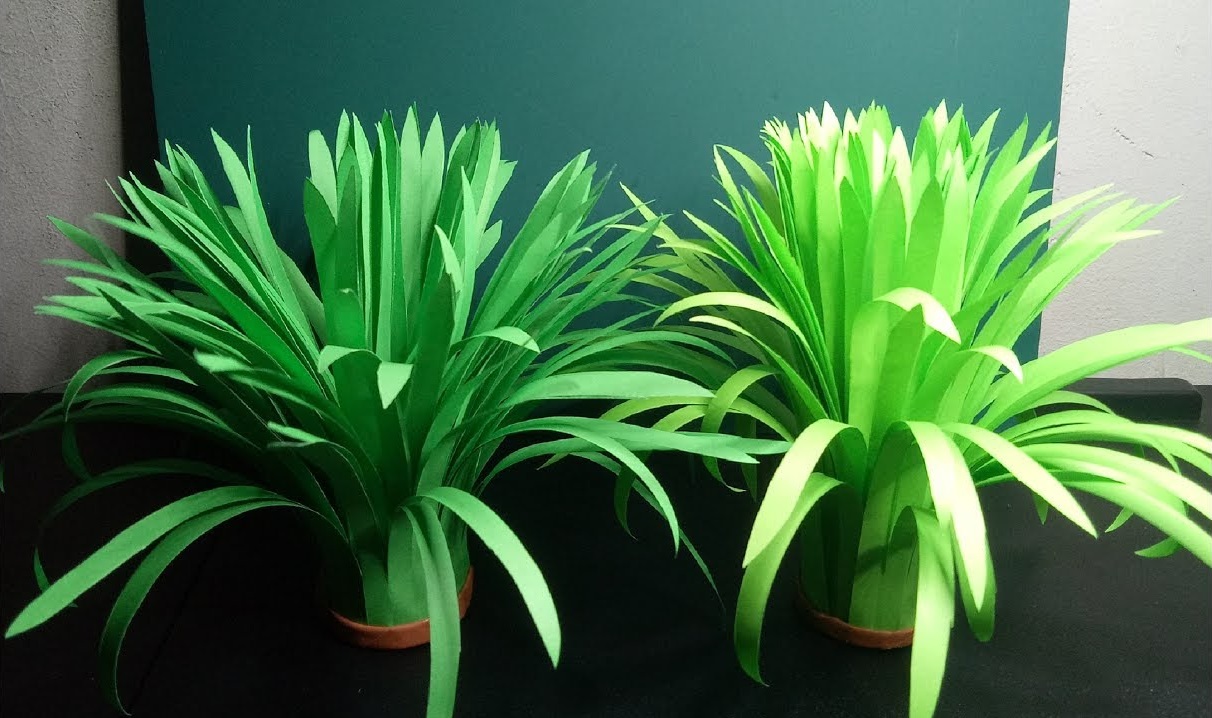
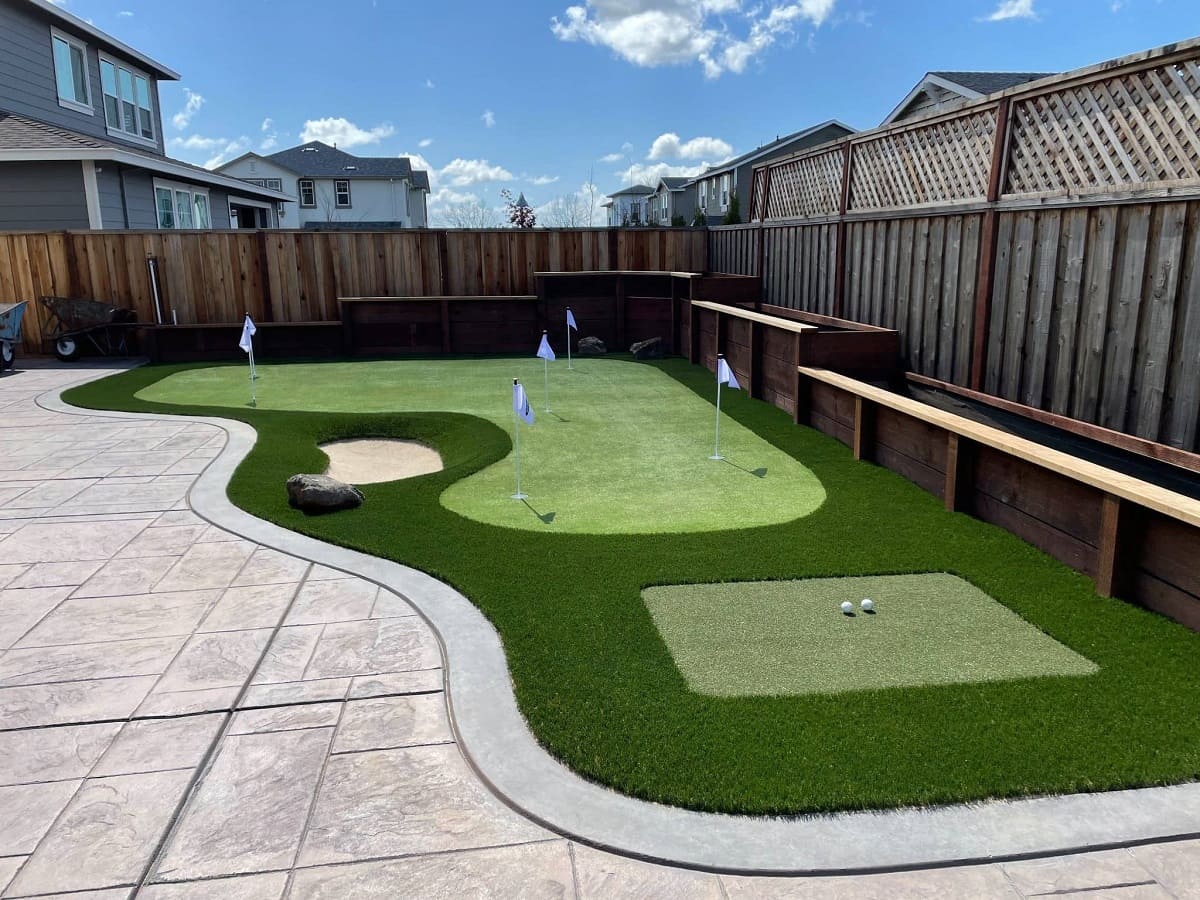
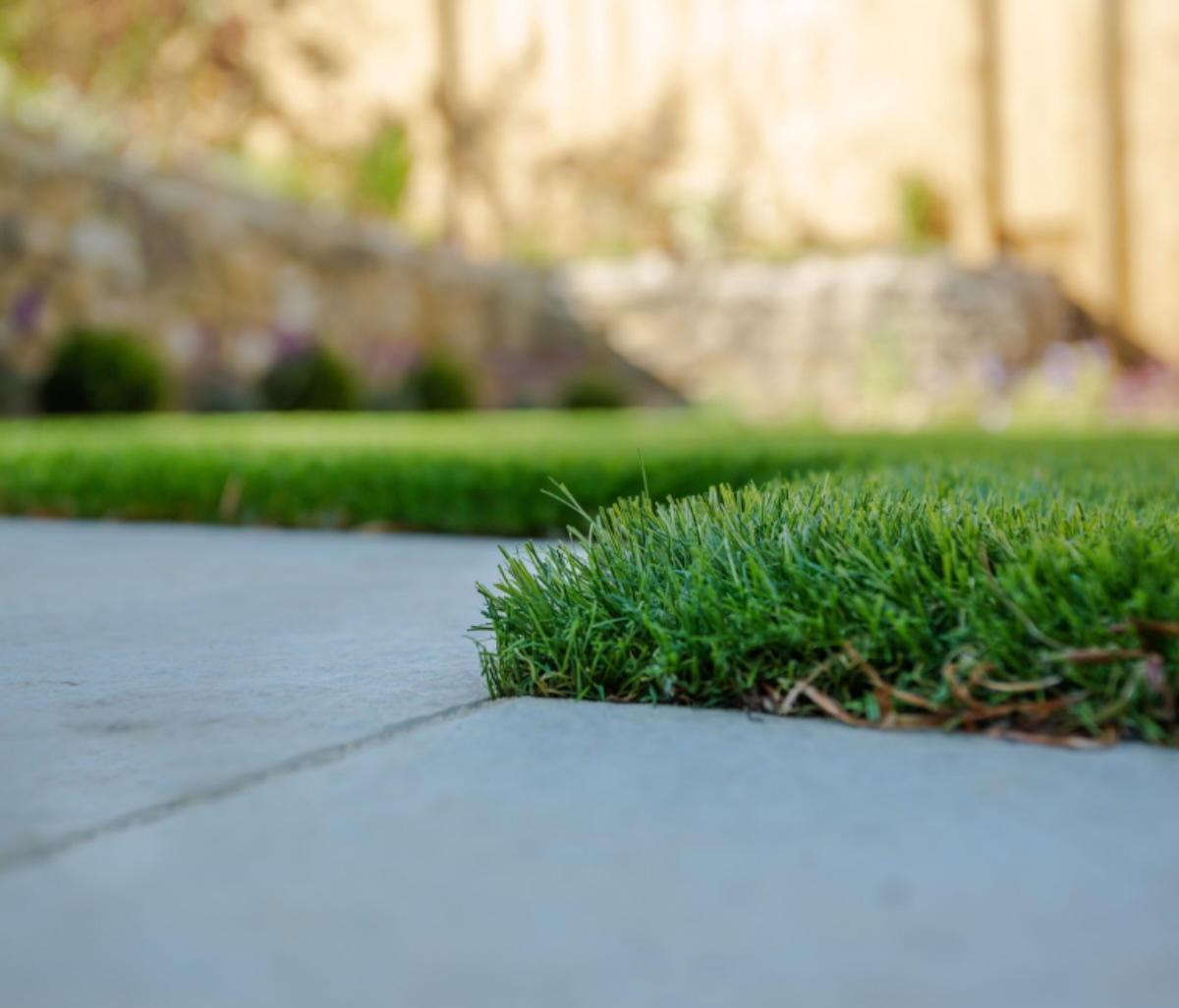
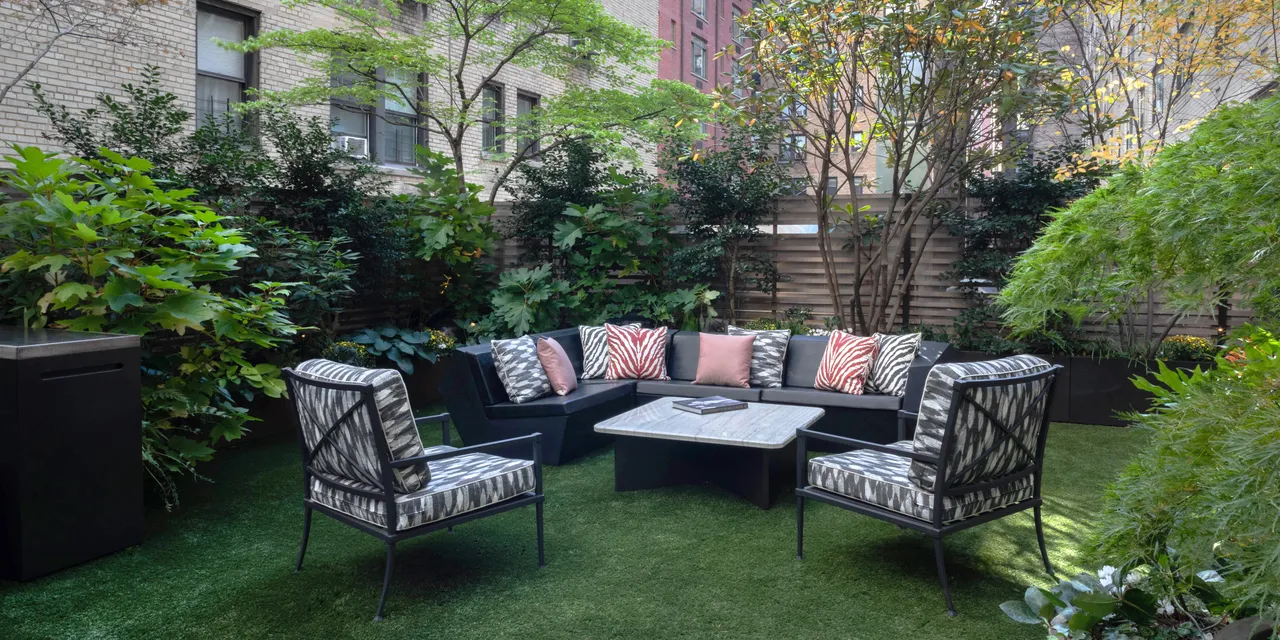
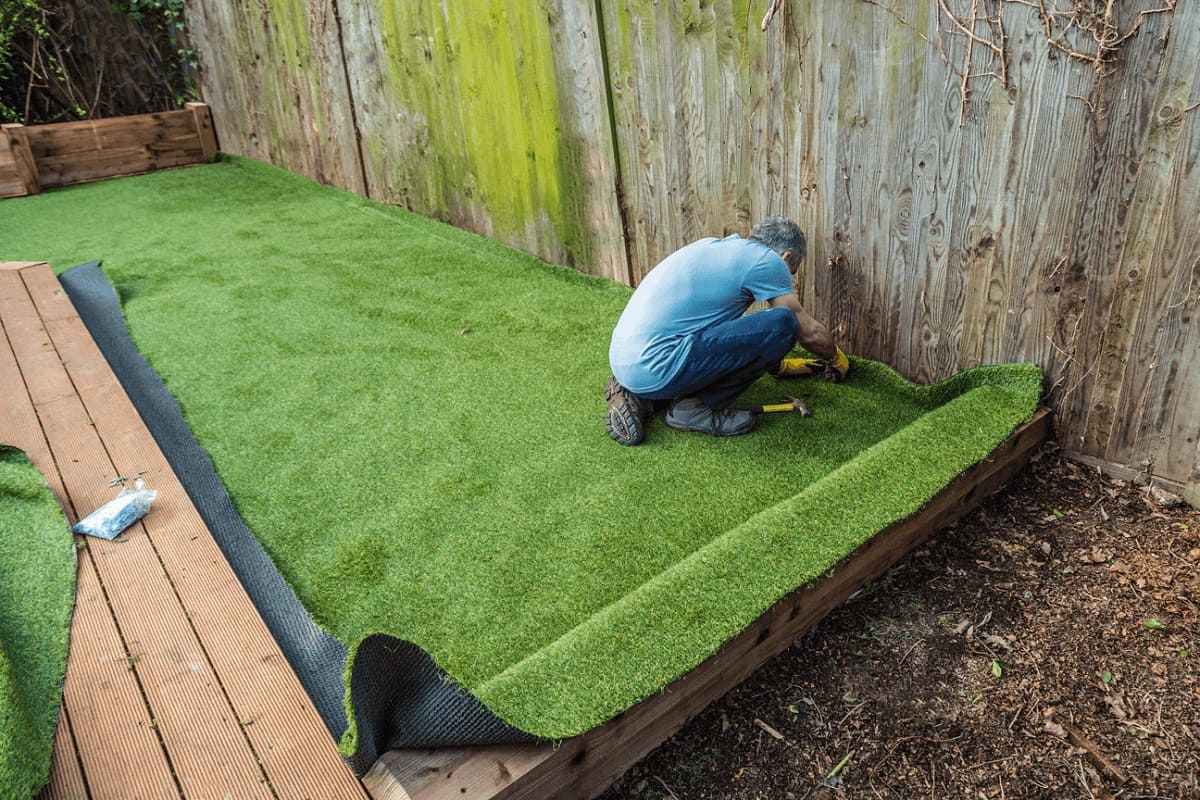

0 thoughts on “How To Make Fake Grass And Trees For Dioramas”